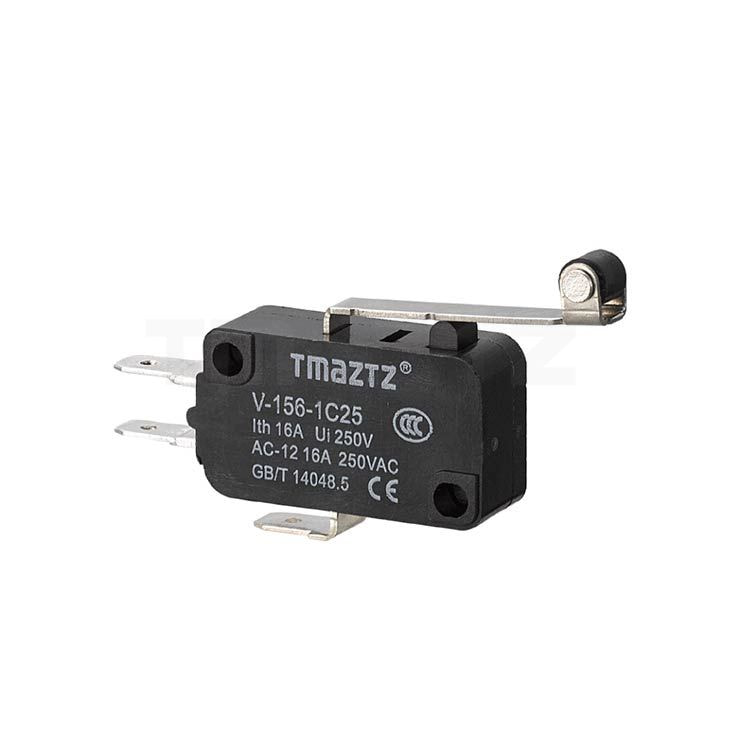Why Do High-End Mice Use Low-Cost Micro Switches?
As a computer enthusiast, I've been through over 20 mice – some lasting only three months, others enduring half a year. Logitech mice, for instance, might stretch to a year, but some mice, remarkably resilient, soldier on for eight years without a glitch.
Unlike keyboards, mice, as consumable peripherals, have a significantly shorter lifespan. Laptops can endure, but I've replaced keyboard modules several times. When it comes to mice, some persist for over eight years, while others can't make it through three months. The reason is straightforward:
Manufacturers prefer you don't use them for that long. It's only the mice costing a couple of hundred dollars that genuinely withstand extended use.
A mouse has two vulnerable components:
Microswitches, especially the left button.
The mouse's top pin, the plastic part that hits the microswitch.
Some mice have intact microswitches but heavily worn top pins, like many Logitech mice I've used.
For others, the top pin remains intact, but the microswitch fails. After all, how can you wear out a top pin in just a few months?
Those in the know understand that the left mouse button loses sensitivity over time, and replacing the microswitch solves the issue. The revelation during replacement: microswitches cost as little as fifty cents each. One might wonder, why don't manufacturers use better microswitches?
Even if the cost increases tenfold, two microswitches would still cost less than $10. For mice priced between one and two hundred dollars, it's a negligible expense.
But this is business. Reducing the cost of one mouse microswitch by $9 translates to $90,000 for 10,000 mice. Some classic mice sell over ten million units, amounting to $90 million. The catch is many people don't realize; when a mouse breaks, they simply buy a new one. This strengthens the industry, turning it into not just millions but potentially billions.
Some people opt for cheaper mice, thinking they often break, and it doesn't hurt to replace them. This perspective is flawed. A twenty-dollar mouse might click, but it lacks any meaningful experience. In reality, you could invest in an ergonomic mouse with adjustable refresh rates and precise sensitivity, doubling your efficiency.
In case a mouse does break, the only culprit is the microswitch. More expensive mice virtually eliminate wear and tear on the top pin. With decades of nanotechnology, expecting wear and tear seems far-fetched. You're not producing miracles with every double-click. Replacing the microswitch is simple; a soldering iron at home does the job.
Typically, a microswitch has two functional contact points – positive and negative, with two additional points serving as fixed supports. Once you replace the less responsive microswitch, your mouse resurrects instantly.
268
0
0


Comments
All Comments (0)